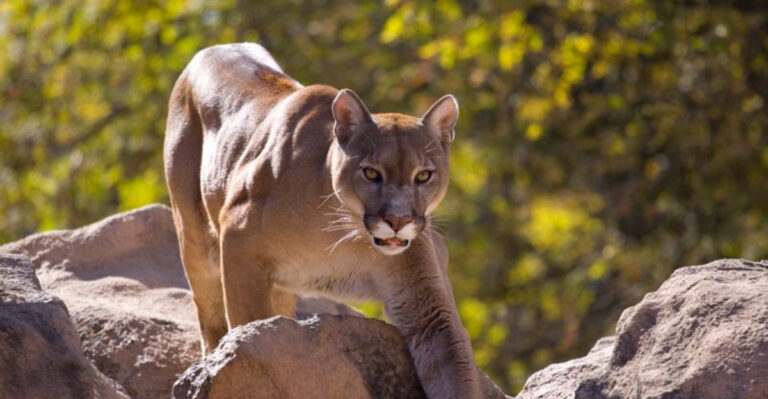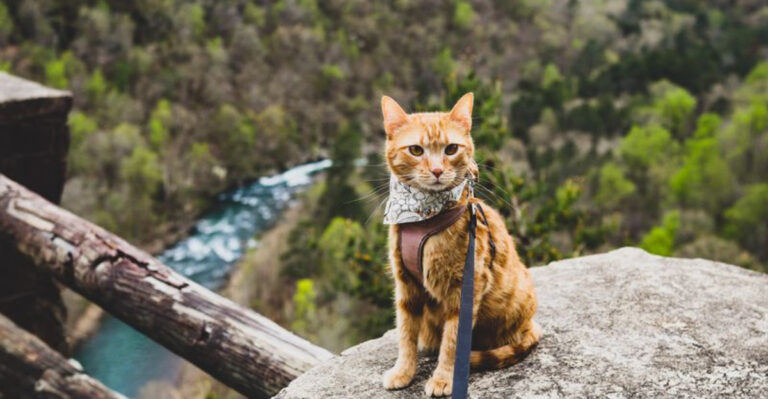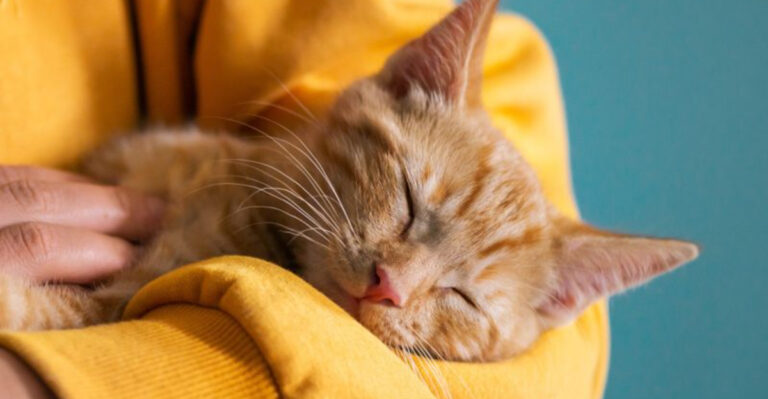14 Beautiful Animals With Dangerous Secrets
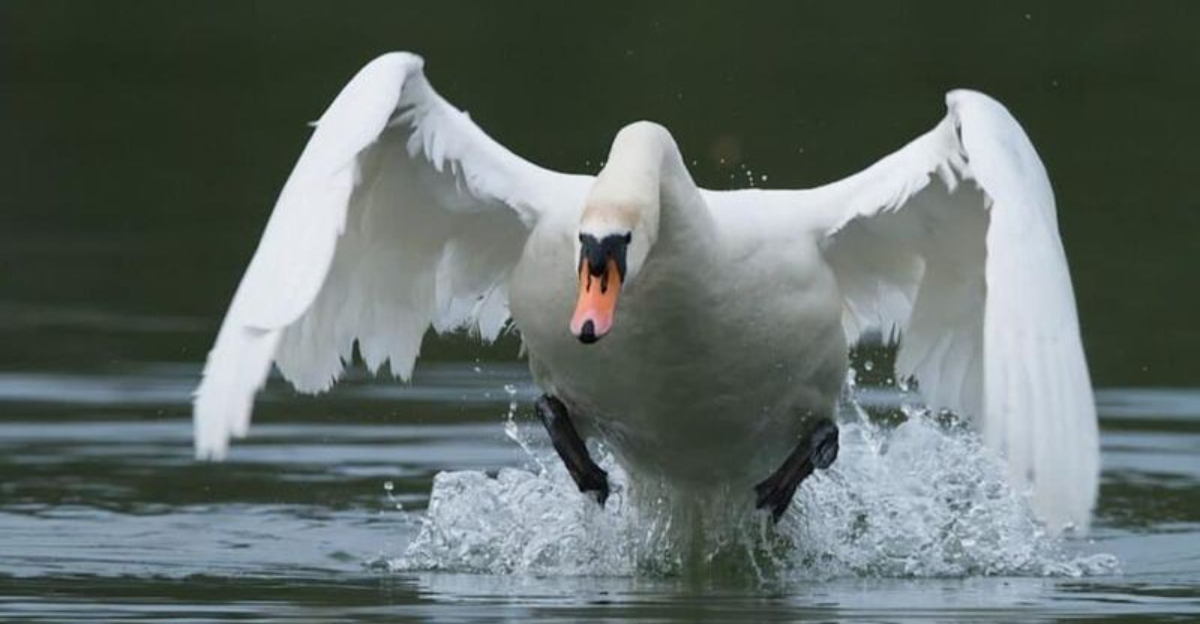
Some of nature’s most breathtaking creatures hide a side you’d never expect. Beneath all that beauty lies venom, power, or instincts built for survival. These animals may look gentle, but crossing them could come with serious consequences.
Let’s take a closer look at the stunning creatures hiding dangerous secrets.
1. Blue-Ringed Octopus: Tiny Technicolor Terror
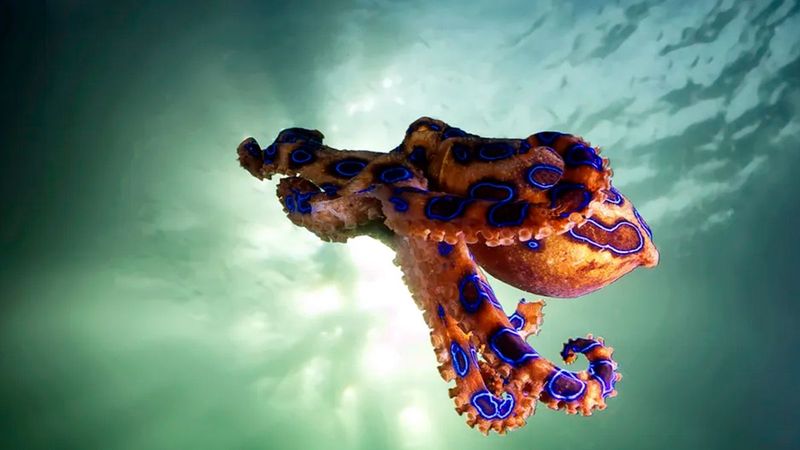
No bigger than a golf ball, this ocean jewel flashes electric blue rings when it feels threatened. The dazzling display hides a serious warning.
Its venom contains tetrodotoxin – potent enough to stop vital functions in minutes. Even more alarming? There’s no antivenom, and victims stay fully conscious as paralysis takes hold.
2. Poison Dart Frog: Neon Warning Signs

Dressed in nature’s boldest warning colors, these tiny amphibians resemble living gems scattered across the rainforest floor. Vivid blues, yellows, and reds serve as a clear signal to stay away.
A single golden poison dart frog holds enough toxin to seriously harm multiple adults. Indigenous tribes have long used that potent substance to craft powerful hunting tools.
3. Slow Loris: Cuddle-Looking Arm-Melter
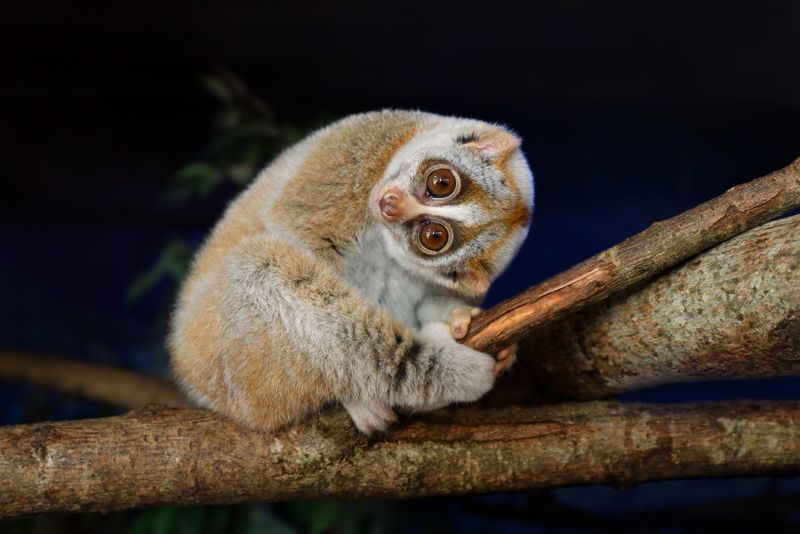
Those giant eyes and teddy bear face make you want to scoop it up immediately. Resist that urge at all costs! These nocturnal primates harbor a unique defense mechanism.
When threatened, they lick toxic secretions from glands near their elbows, creating venomous saliva that causes painful, flesh-rotting wounds. Their adorable appearance has unfortunately fueled a cruel exotic pet trade.
4. Cone Snail: A Lethal Shell Game

Beach collectors often pick up these stunning shells, unaware of the dangerous creature hidden within. Intricate patterns and colors make them popular among shell enthusiasts.
Equipped with a harpoon-like tooth, cone snails deliver a powerful mix of neurotoxins that can cause rapid paralysis. Some species possess venom strong enough to pose a serious threat to humans, and there’s currently no known antidote.
5. Pufferfish: Nature’s Inflatable Danger
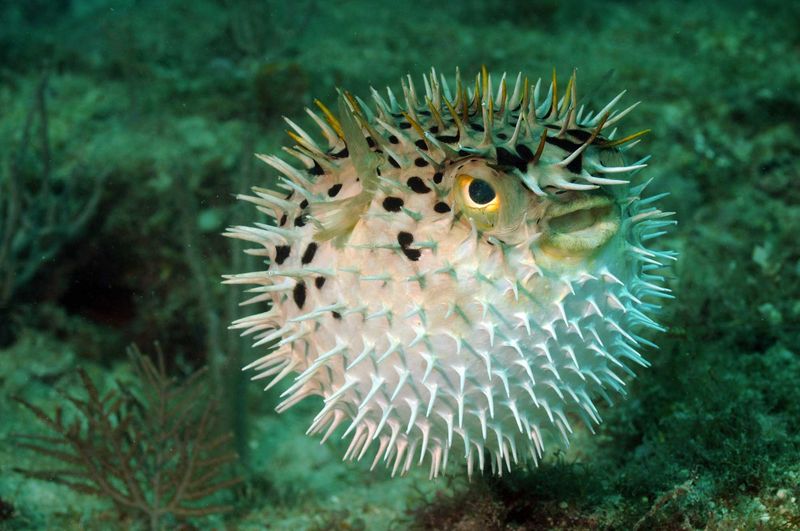
With their perpetual “smiles” and cartoonish inflation abilities, pufferfish seem like the comedians of the ocean. Their charming appearance belies their lethal nature.
Their bodies contain tetrodotoxin – up to 1,200 times more deadly than cyanide. Despite this, they’re considered a delicacy in Japan, where only specially trained chefs can prepare them, walking a knife-edge between flavor and fatal poisoning.
6. Hooded Pitohui: Toxic Songbird Surprise
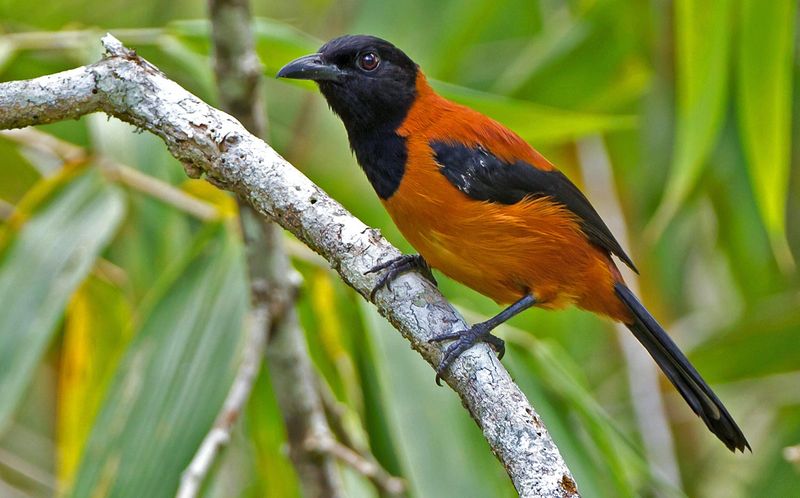
Flitting through New Guinea’s forests, this vibrant orange-and-black songbird fills the canopy with enchanting melodies. Local tribes have long avoided handling these musical beauties.
In 1992, scientists found that their feathers and skin contain batrachotoxin – the same potent toxin found in dart frogs. Even brief contact can lead to numbness, burning sensations, and other serious effects.
7. Hippopotamus: River Giants With Attitude

Cartoons portray hippos as jolly, rotund creatures wallowing peacefully in rivers. Reality paints a drastically different picture of these massive mammals.
Responsible for approximately 500 human deaths annually in Africa, hippos are surprisingly aggressive and territorial. Their massive jaws can snap a canoe in half, and they can charge at speeds up to 30 mph despite weighing up to 4,000 pounds.
8. Portuguese Man O’ War: Floating Rainbow Of Pain
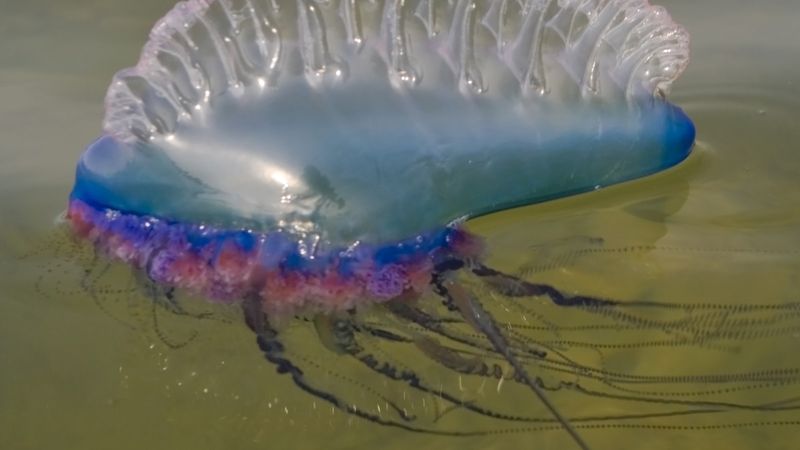
Resembling a translucent blue balloon drifting on ocean currents, this creature trails a mesmerizing purple-blue curtain beneath the surface. Often mistaken for a jellyfish, it’s actually a colony made up of specialized organisms.
Tentacles can stretch up to 100 feet, delivering intensely painful stings that leave welts and trigger severe reactions. Even those washed ashore long ago can still pack a powerful sting weeks later.
9. Peacock: Feathered Fashion With Fury
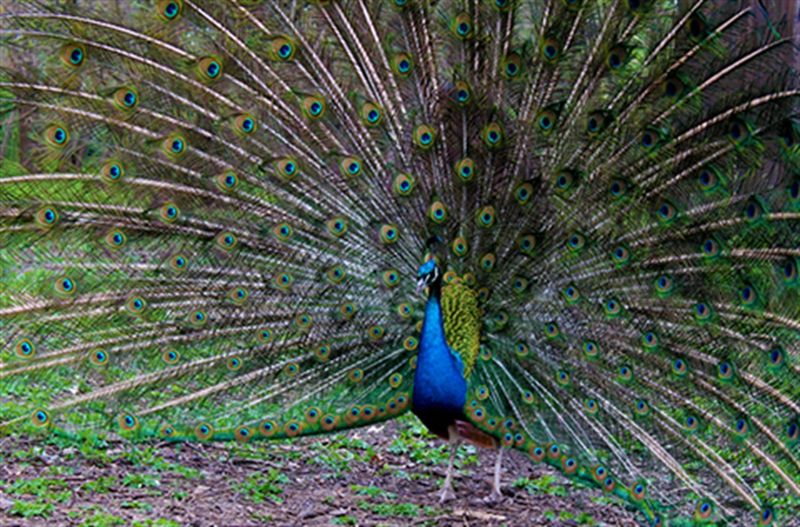
Royal blue plumage topped with that iconic fan of iridescent eye-spotted feathers makes peacocks living masterpieces. Their stunning display evolved specifically to attract peahens during mating season.
Behind that beauty lies surprising aggression. Peacocks have powerful legs with sharp spurs, razor-sharp beaks, and highly territorial attitudes. They’ve been known to attack cars, chase children, and even injure adults who venture too close.
10. Platypus: Cuddly Oddball With Venomous Spurs

With its duck bill, beaver tail, and otter-like body, this bizarre mammal seems assembled from spare parts. Their strange appearance makes them popular attractions in Australian wildlife centers.
Male platypuses pack a secret weapon – venomous spurs on their hind legs. The venom causes excruciating pain that can last for months and doesn’t respond well to conventional painkillers. Even morphine provides little relief from platypus venom.
11. Cassowary: Prehistoric-Looking Dagger-Foot

Sporting brilliant blue necks, red wattles, and dinosaur-like features, these flightless birds resemble relics from prehistoric times. As the third-tallest birds in the world, they can reach heights of up to 6.5 feet.
Powerful legs end in a 4-inch claw capable of inflicting serious injuries with a single strike. Their aggressive defense and raptor-like movements have earned them a fearsome reputation as the world’s most dangerous bird.
12. Leopard Seal: Antarctic Smile Factory
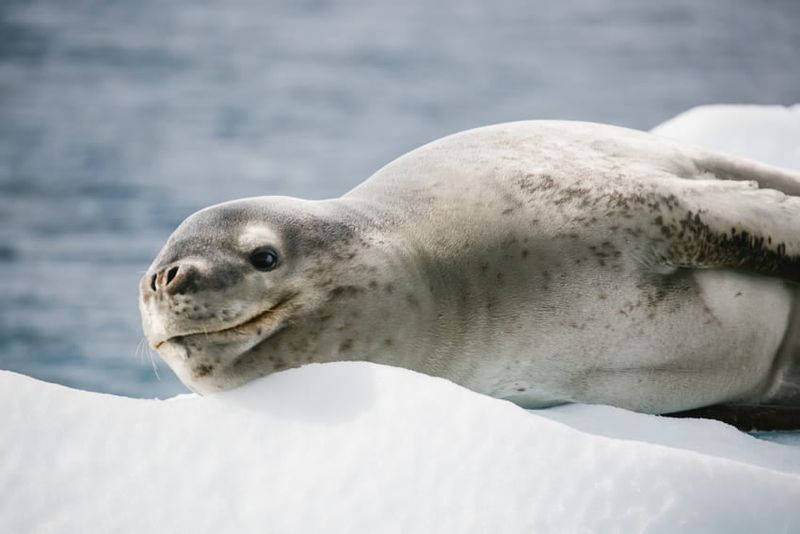
Sleek, spotted, and surprisingly graceful underwater, these Antarctic predators have an almost perpetual “grin” that makes them appear friendly. Their streamlined bodies can reach lengths of 11 feet.
Don’t be fooled by that smile – leopard seals have the most powerful jaws of any seal species. They’re known to hunt penguins with brutal efficiency and have even attacked humans. Their serrated teeth can filter krill or tear apart larger prey.
13. Monarch Butterfly: Migrating Poison Masters
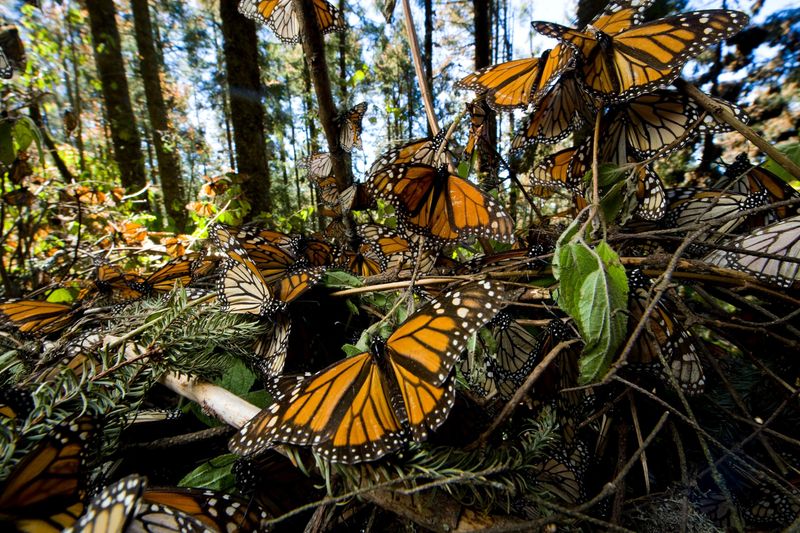
Witnessing thousands of orange-and-black monarchs during migration is one of nature’s most magical displays. These delicate insects travel up to 3,000 miles annually between Mexico and Canada.
As caterpillars, they feed exclusively on milkweed, storing its toxic compounds in their bodies. This makes both caterpillars and adult butterflies poisonous to predators. Birds that eat monarchs typically vomit violently and learn to avoid their distinctive coloration.
14. Swan: Elegant Neck-Snappers
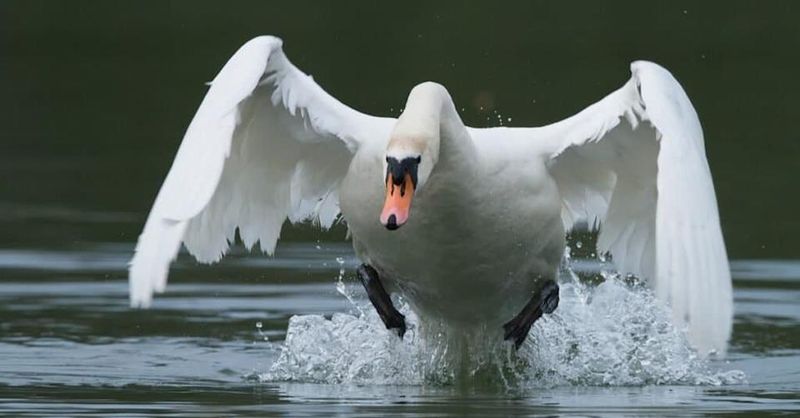
Gliding serenely across lake surfaces with snow-white feathers, swans embody grace and beauty in countless fairy tales and ballets. They mate for life, adding to their romantic reputation.
These elegant birds hide surprising strength and aggression. A swan’s wing can break a human arm, and they’ve been known to attack boats, pets, and people who venture too close to their nests. Their territorial nature makes them particularly dangerous during breeding season.

